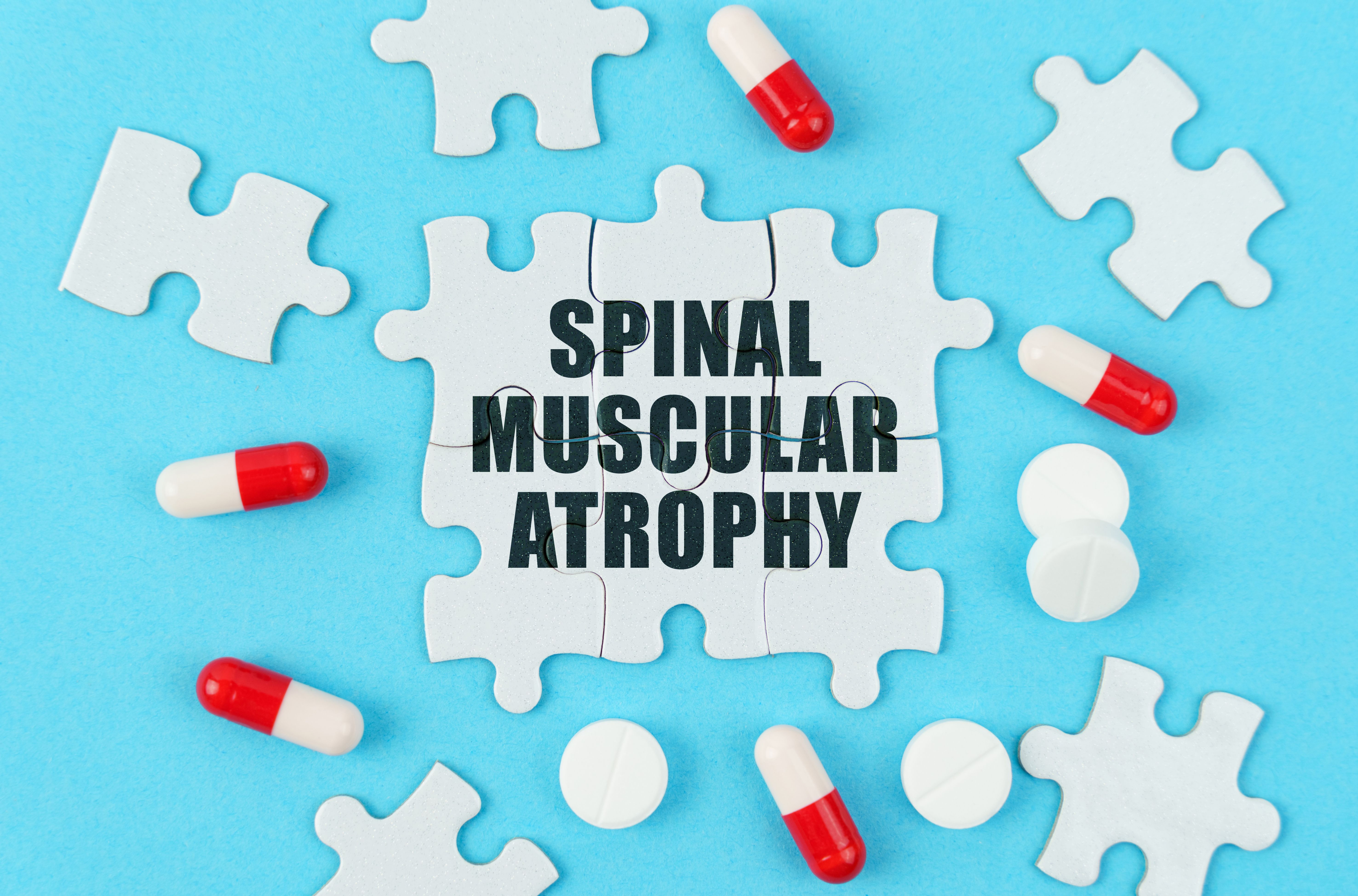Phase III Trial Data Support Use of Zolgensma in Older, Heavier Patients with Spinal Muscular Atrophy
Zolgensma (onasemnogene abeparvovec), a one-time gene therapy, showed a clinical benefit for older and heavier patients with spinal muscular atrophy, many of whom were previously treated with another disease-modifying therapy.
Image credit: Dzmitry | stock.adobe.com

Findings from the Phase IIIb SMART trial demonstrated promising efficacy and safety for Novartis’ one-time gene therapy Zolgensma (onasemnogene abeparvovec) in the treatment of spinal muscular atrophy (SMA).1 The adeno-associated virus vector-based gene therapy was initially approved in May 2019 for children under 2 years of age with SMA.2
In the SMART trial, Zolgensma demonstrated a clinical benefit in children with SMA weighing ≥ 8.5 kg to ≤ 21 kg, with a mean age of 4.69 years. Most of the children evaluated (21/24, 87.5%) previously stopped use of another disease-modifying therapy at the time of treatment.
“The results from the SMART study provide evidence that Zolgensma is clinically beneficial for older and heavier patients with SMA, many of whom have had prior treatment with another disease-modifying therapy,” said Hugh McMillan, MD, pediatric neurologist, in a press release. “These data inform the use of Zolgensma in children up to 21 kg, supporting the use of a one-time gene replacement therapy as a therapeutic option for SMA in a broader population.”1
According to Novartis, the findings of the trial supplement a growing pool of real-world data in older and heavier children in countries where authorized use of Zolgensma is not age-restricted.
Children diagnosed with SMA have issues with holding up their head, swallowing, and breathing, with symptoms of the disease potentially presenting at birth or by 6 months of age. The majority of children diagnosed with SMA do not survive past early childhood as a result of respiratory failure.2
The open-label, single-arm, multicenter SMART trial analyzed the safety, tolerability, and efficacy from a single intravenous infusion of Zolgensma in pediatric patients with symptomatic SMA with bi-allelic mutations in the SMN1 gene, any copy number of the SMN2 gene, and weighing ≥ 8.5 kg and ≤ 21 kg. Investigators enrolled 24 patients with heterogeneous phenotypes of SMA in groups weighing from 8.5 kg–13 kg; >13 kg–17 kg; and >17 kg–21 kg. Patients ranged in age from ~18 months to 9 years, with a mean age of 4.69 years. The primary objective of the trial was to evaluate the safety and tolerability of Zolgensma in older and heavier patients previously treated in clinical trials.
Most patients were able to maintain motor milestones recorded at baseline across the one-year SMART trial. The results showed a mean increase in total Revised Upper Limb Module (RULM) score of 2 points and a mean increase in total Hammersmith Functional Motor Scale – Expanded (HFMSE) score of 3.7 points, with four patients demonstrating new development milestones at week 52. There were no new safety signals reported in the trial.
Data showed increased transaminases (ALT or AST >3xULN) in 87.5% of patients and transient thrombocytopenia in 70.8% patients, all of which were asymptomatic and managed with appropriate treatment. Mean (SD) increase in RULM from baseline at week 52 was 2.0 (4.0) points and mean (SD) increase in HFMSE from baseline at week 52 was 3.7 (4.3) points.
Most of the patients enrolled in the trial maintained or improved motor milestones from baseline up to the time of the final analysis, with 95.8% of patients who were able to sit with slight support still able to do so at week 52. Further, three patients were able to achieve standing with support and one was able to walk with support at week 52. All six of the patients who could walk at baseline were able to maintain this milestone until the trial ended.
"This data—the first Zolgensma open-label clinical study to include older and heavier, as well as previously treated, patients—should build confidence among caregivers and healthcare professionals as they make informed treatment decisions, consistent with their local product label, for the studied patient population,” said Sandra P. Reyna, MD, chief scientific advisor and head of Global Medical Engagement for SMA at Novartis, in a press release. “We remain committed to reimagining possibilities for the SMA community.”1
References
1. Novartis presents new data on safety and efficacy of Zolgensma, including maintained and improved motor milestones in older and heavier children with SMA. Novartis. News release. March 4, 2024. https://www.novartis.com/news/media-releases/novartis-presents-new-data-safety-and-efficacy-zolgensma-including-maintained-and-improved-motor-milestones-older-and-heavier-children-sma. Accessed March 4, 2024.
2. FDA approves innovative gene therapy to treat pediatric patients with spinal muscular atrophy, a rare disease and leading genetic cause of infant mortality. FDA. News release. May 24, 2019. https://www.fda.gov/news-events/press-announcements/fda-approves-innovative-gene-therapy-treat-pediatric-patients-spinal-muscular-atrophy-rare-disease. Accessed March 4, 2024.
Using Patient Reported Outcomes in Dermatology Trials
April 25th 2024In part 3 of this video interview with ACT editor Andy Studna, Melissa Mooney, director, eCOA sales engineering, IQVIA sheds light on the unique challenges of dermatology trials and how clinical outcome assessments can be implemented in them.